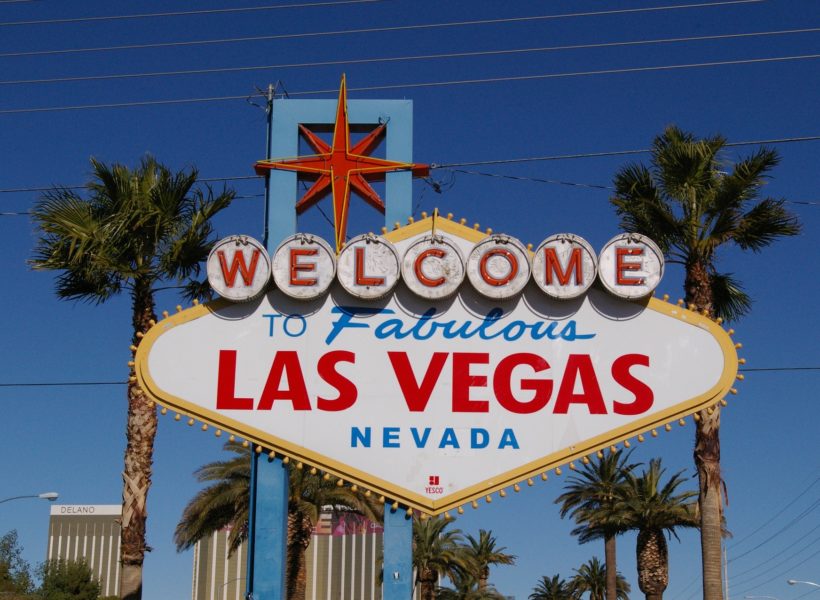When managers feel overwhelmed with administrative responsibilities like managing workplace hazards or employee conflicts, thoughts often wander to taking a vacation.
My recent vacation, this July, to scorching Las Vegas exposed us to extreme heat, crowded sidewalks, traffic jams, party goers, and tired, hungry, dehydrated people walking the Las Vegas Strip. There were also many dedicated local residents who worked very hard to take care of the masses of tourists. As we coped with the challenges of our vacation, I spent some time thinking about how employers on the Las Vegas Strip approach managing workplace hazards.
Managing workplace hazards in Las Vegas does not really differ from other places in the world. Successful hazard management is all about identifying the safety hazards, figuring out ways to eliminate or control them and training employees about safety procedures. Then, of course, managers must evaluate to determine if they have succeeded in keeping their employees and customers safe.
Identify the hazards. Some hazards are found everywhere but others are unique or more prevalent in certain businesses or locations. The most obvious workplace hazards in Las Vegas are heat stress, repetitive strain injuries, smoking in the workplace, communicable disease, violence, harassment, and working alone. It is important that employers identify unsafe situations in their workplaces. As a visitor, I considered the safety issues that could affect my family while we visited the city.
Make a plan to prevent injury. Similar methods are used for successfully managing workplace hazards, no matter where you are in the world. The most obvious strategy used in Vegas is the systematic way that Las Vegas Strip employers operate their businesses. The hotels, restaurants and attractions operate using standardized procedures. Many initiatives are clearly in place to optimize safety and control risk in this busy tourist area.
Train key people. Employees on the Strip seem very well trained. Most of the businesses are large organizations that likely invest a lot of money into employee training in order to achieve high quality customer service and safety practices. This training benefits employees and customers alike by preparing employees to competently deal with hazards on the job. As visitors, we made sure our family drank lots of water, took breaks from the hot outdoors by exploring the air-conditioned, indoor hotel sites and avoided the riskier attractions off the Strip. We also asked the experts, the local workers and residents, how to stay safe in Las Vegas.
Evaluate and make improvements. I am not sure how safety initiatives are evaluated by Las Vegas employers but this final step is important. If managing workplace hazards is valued, then employers cannot guess and gamble, leaving safety to chance. Employers must review their workplace safety practices and decide if further improvements are necessary.
Despite the potential safety hazards in Las Vegas, our vacation was great! But the next time I visit Las Vegas, it will be at a time of the year when the temperature is cooler than 38 degrees Celsius!
